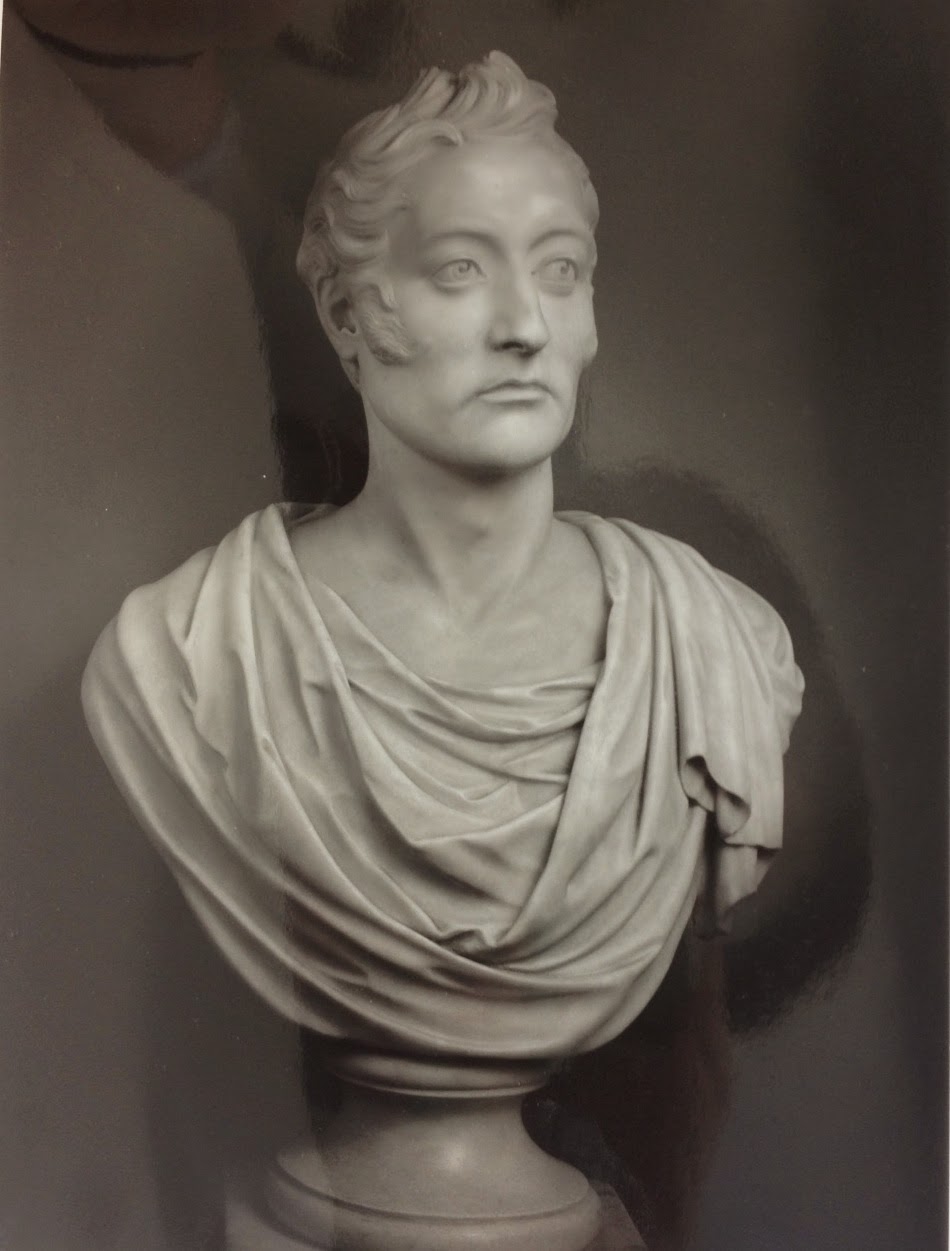 |
| RCSI Museum circa 1900s |
Museum's full of curious specimens, eerie skeletons and natural wonders are fascinating. A fascination that has been awoken in younger generations through the captivating TV programmes by David Attenborough. The College housed quite a large museum and was even pronounced as 'one of the most valuable in Europe' by Friedrich Tiedemann and Jules Cloquet in the 1800s.
In 1820 the College decided to establish a museum on a level par with the scale of their other departments. A committee was formed and they were empowered to appoint a Curator at once. Candidates for the position of Curator had to exhibit specimens of their work.
 |
| Shekleton's mercurial specimen |
A young anatomist named John Shekleton presented his specimen of a mercurial injection of the lymphatics of the lower extremity which, it has been said, excited the wonder of all who saw it. This specimen is still on view in the Anatomy Room today and is a sight to behold! Needless to say Shekleton was appointed the first Curator of the College Museum. His influence on the growth and popularity of the museum is best summed up by Sir Charles Cameron
Shekleton was undoubtedly the man whose name deserves the most honourable mention in the history of the Museum, and many of the most valuable existing preparations are products of his skill and industry.
John Shekleton was born in Dundalk around 1795. His father, Joseph Shekleton, was a merchant in the town and his mother, Margaret Pentland, was from a well known Louth family. Shekleton was educated in his local town. In 1810 he was apprenticed to Abraham Colles and his medical education began in the College. On 27 August 1816 he received his qualifications from the College. Shekleton then travelled to Paris to further his medical studies returning to Dublin in 1817. He took up the position of demonstrator of anatomy in the College and was elected a Member in 1819. Shekleton quickly acquired a great reputation for his anatomical knowledge and skills. It was at this time that the College started looking at establishing it's museum.
Skeleton only lived for 4 years after his appointment as Curator in 1820. Suddenly dying in 1824 at the age of 29. Colles describes the circumstances that lead to Shekleton's untimely death
On Tuesday, May 18th, 1824, Mr Shekleton was engaged in examining the body of a man who had died of peritoneal inflammation consequent on the operation of lithotomy. The examination took place in a very few hours after death, the body still retaining its heat. I observed that soon after the abdomen was opened, Mr Shekleton pricked himself with the point of the knife, which called forth the usual involuntary expression of pain, but was not further attended to. He proceeded to take out the contents of the pelvis, so that his hands were necessarily immersed in that cavity for a considerable time.
 |
| John Shekleton (1795 - 1824) |
The following evening Shekleton became ill and ten days later he had died. While working as Curator of the Museum, Shekleton also strove to ensure its future by taking an apprentice in 1820. John Houston accompanied his master's remains to their final resting place on that morning in 1824 and sat for his license that afternoon. Even though Houston was only 22 years old he was persuaded to become a candidate for the position of Curator, which he won and held until 1843.
Once word got out about the establishment of the College Museum contributions began to flow in. By 1822 there were 600 preparations and by December 1823 that had more than doubled to 1,300. These preparations consisted of natural history specimens in jars, partial and complete skeletons and stuffed and mounted examples from nature.
Alas with the change in teaching methods, the growing demand for space and the advancements in natural history the College Museum began to dwindle and had all but disappeared. But hidden in cupboards, labs and basements around the College specimens long since forgotten are being dusted off, catalogued and a number will soon be on view.
Which we can only presume would be much to Shekleton's delight!
- Researched and written by Meadhbh Murphy
- Researched and written by Meadhbh Murphy

